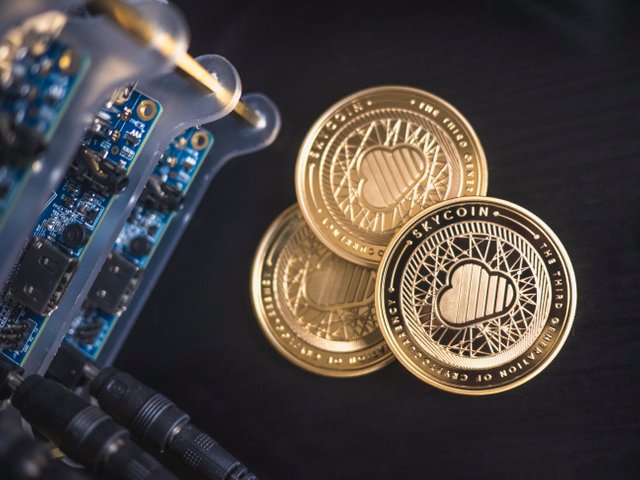If you are reading this post probably you are interested in crypto / blockchain and the "web three point o". But have you ever dived deep into its inner workings? I thought so...
In this post you'll find out all the basics you need to know about GRT and I'll share useful links and resources where you can learn more.
- What is The Graph and GRT
- How it works
- Why you should care

The Graph
The internet as we know it has been around for some time now, and unless you live in a cave and the fact that you are reading this (via an internet connection) is just a random occurrence in your "bring back the primitive times" lifestyle - you are probably used to scrolling / surfing (if you like) the web using a browser like Brave or CryptoTab - or if you are an old school, die-hard fan of Microsoft maybe something like Internet Explorer. I will also bet that you've heard of Google? I will even go one step further and make a guess that you are searching for all sorts of random info on it (like "what would a chair look like if your knees bent the other way?")
But let me raise a question - how do you search on the blockchain?
This is exactly what the creators behind The Graph project asked themselves and decided to come up with a solution.
Ok I know probably right now you are like Come On! Spill the beans and just get to the chase already... so here we go.
"The blockchain multiverse" (please don't confuse it with Facebook's metaverse) generates an enormous amount of data and in order to search across more than one blockchain is a very complex problem. A lot of units of information needs to be indexed and organized in order to perform a simple search - so next time just appreciate a little more all the work that these search engines do to try and answer your questions.
Basically the simplest answer what The Graph does is that it makes it easy and efficient to search the blockchain multiverse.
Exchanges use it to gather information for the analytics pages, data rich decentralized applications query all the different subgraphs to collect the data they share (think CoinGecko), marketplaces use it to collect info on the different NFTs you can buy.
Some of these queries performed would not be something a regular Google search could easily retrieve and find because a lot of this is data that is buried deep in a blockchain, rather than being stored as text.
How it works
In essence data found is organized into a structured format and can be accessed via open APIs (Application Programming Interfaces). The most important part of the tech behind is called GraphQL which is a tool developed initially by Facebook and is relatively new being released publicly only in 2015.
GRT is the native token behind The Graph and just like many other tokens it is used to incentivize participants to actively contribute and help maintain the project - staking some of your GRT will allow you to run queries get subgraphs indexed and eventually you will be rewarded in the form of an APY (or Annual Percentage Yield) paid based on the value of GRT you staked.
You can also become a "curator" and help evaluate the quality of the different subgraphs and you will be rewarded for this.
| Curators | Indexers | Delegators | Developer | |
|---|---|---|---|---|
| Requires Technical expertise | 👍 | 👍 | 👎 | 👍 |
| Role | subgraph developers who asses which subgraphs provide the most value | they operate the nodes and must provide both querying and indexing services by staking GRT | They delegate GRT to indexers | Create a subgraph or use existing subgraphs in a dApp |
Meh...
Why would you care at all you ask? Well if you are anything like me you probably agree that the crypto and blockchain world is the greatest opportunity building in front of our eyes and you would not want to miss a great opportunity like this.
The Graph has seen some insane growth and is becoming a very important name. Not long ago they reached 7 billion queries in one month alone. The underlying value the project provides is very valuable in my own opinion.
Hence I am investing and buying GRT and if you want to do the same you can do so in many places - but there is a great article on this where you can walk through step by step - read it here on DeFi Coins.
If you are still wondering if it is worth your time to do a bit more research on this let me just list a few of the projects who utilise this tool today - Uniswap, Kwenta, Decentraland, Aragon etc...